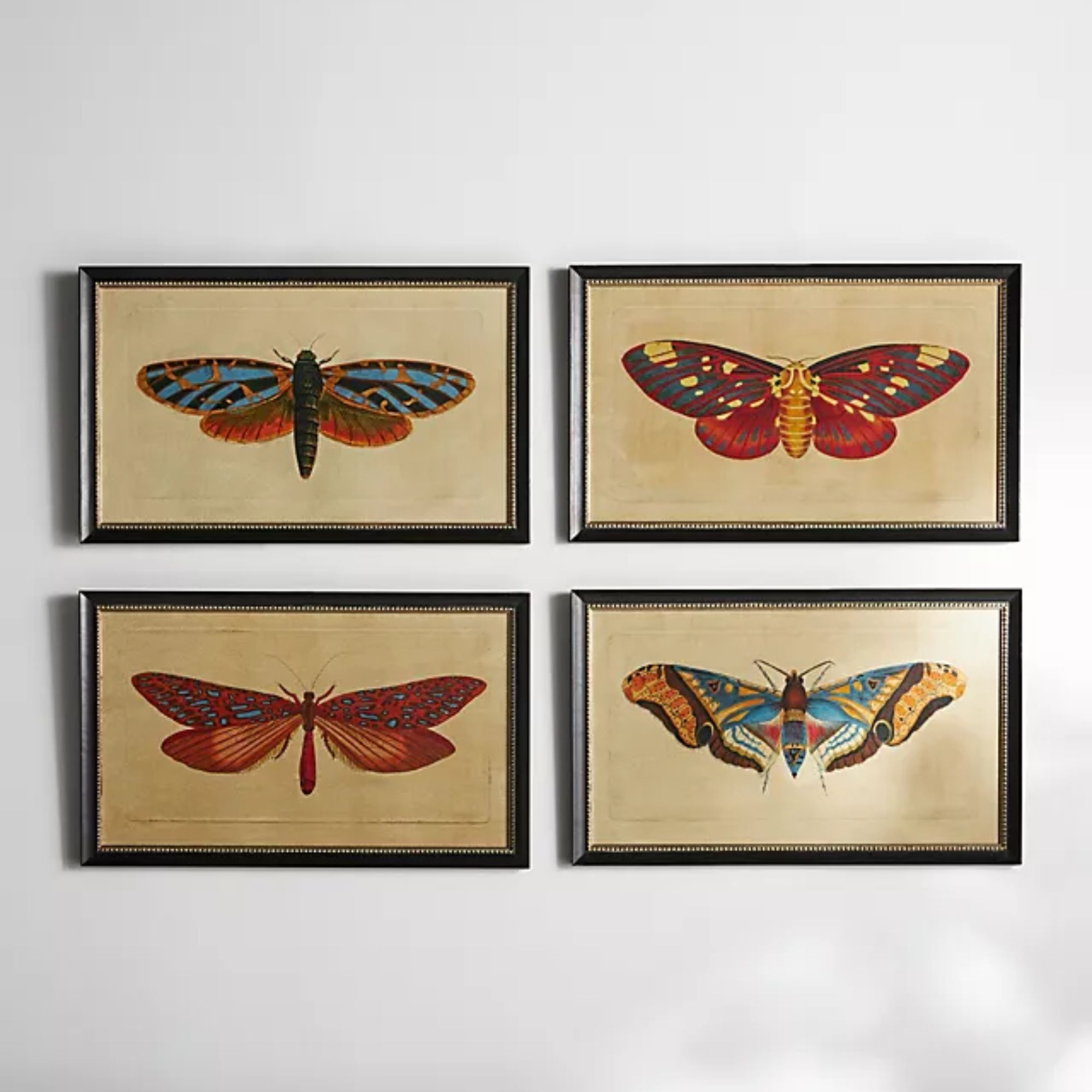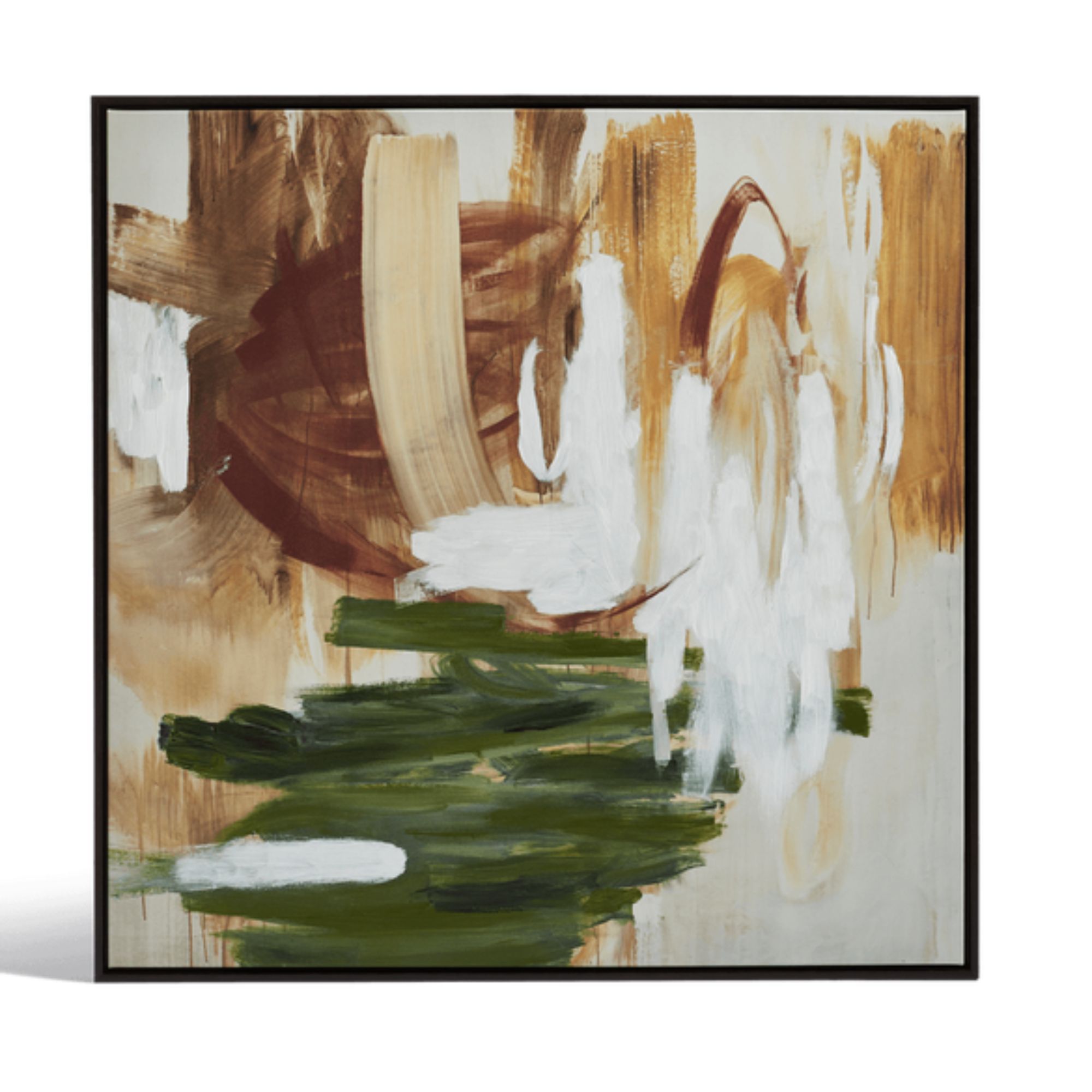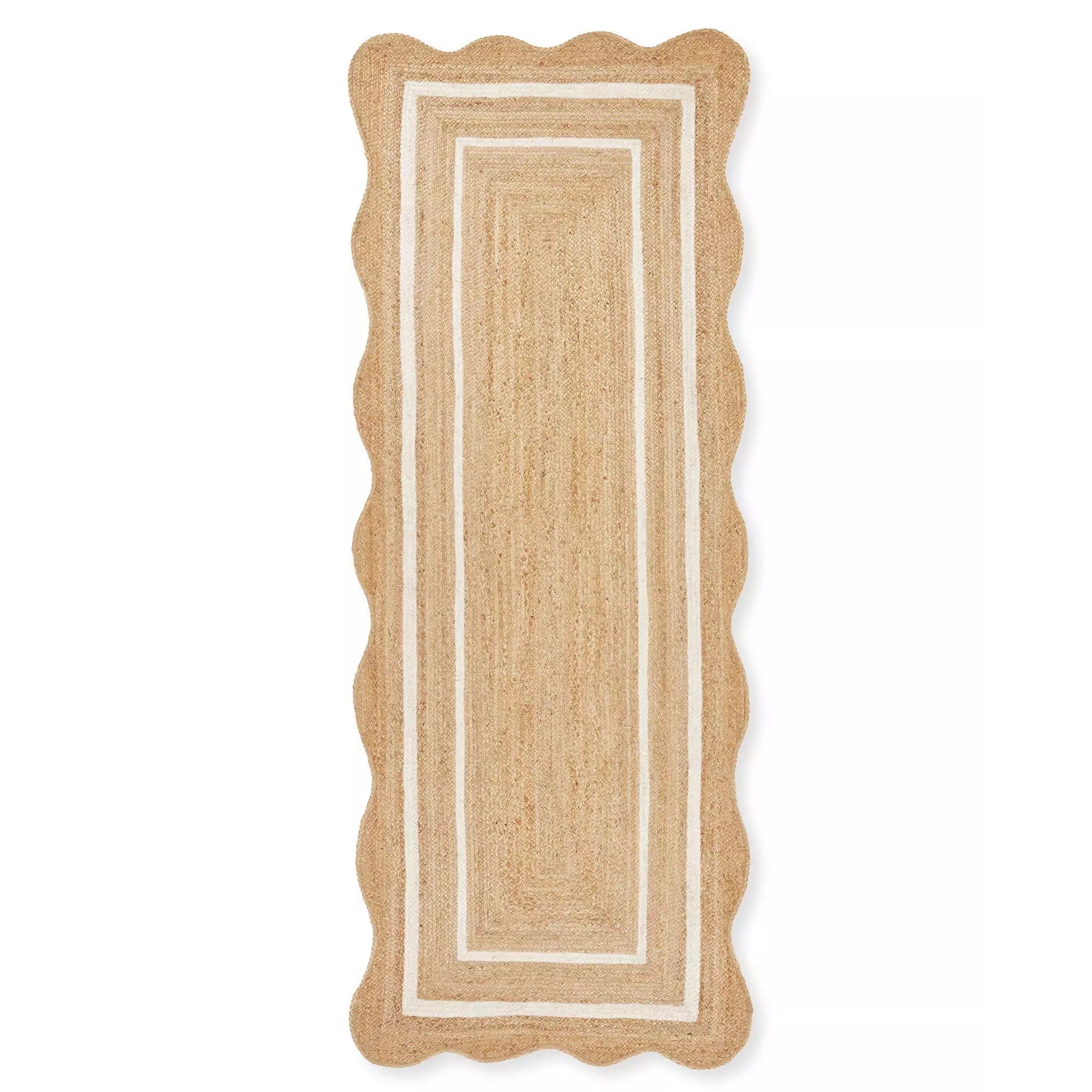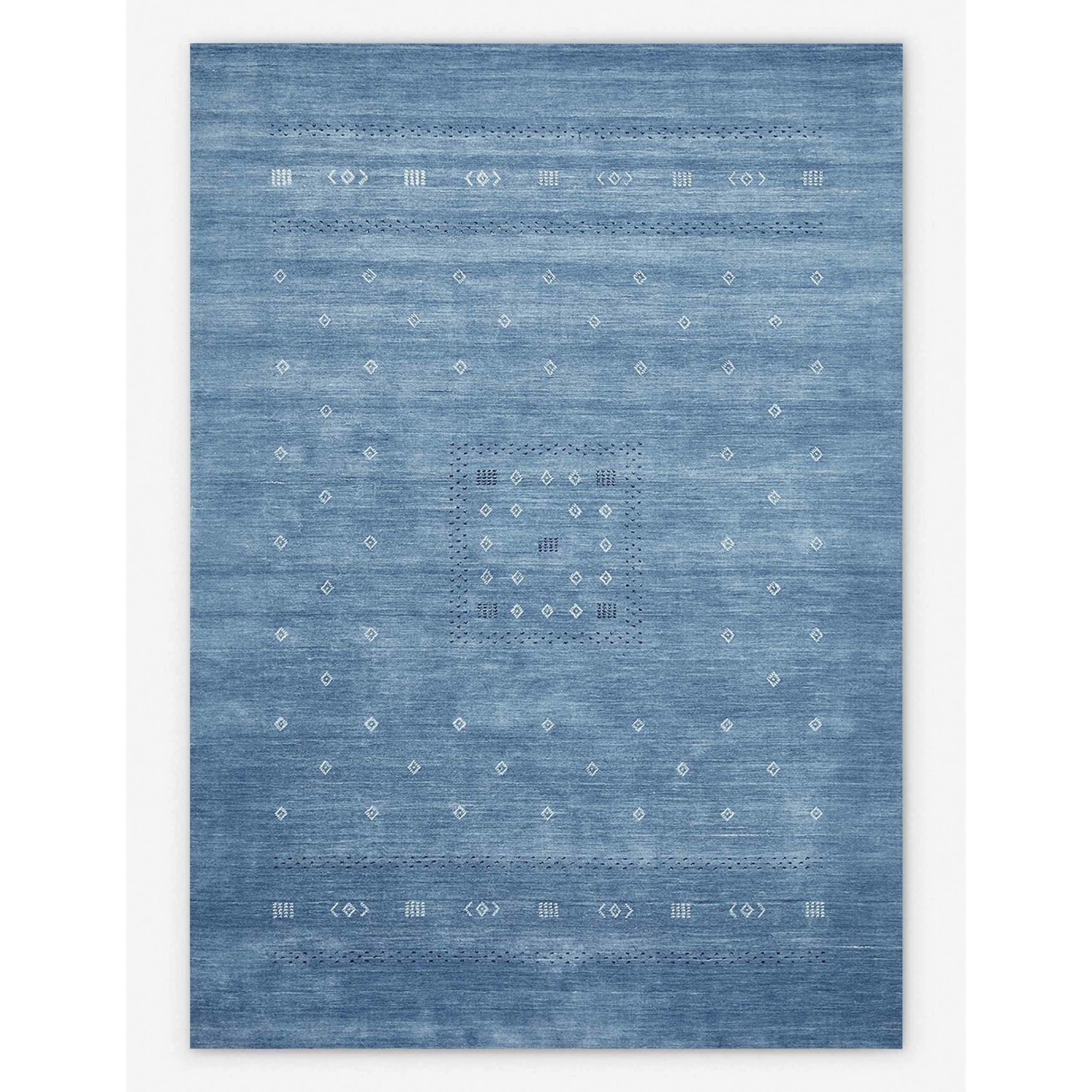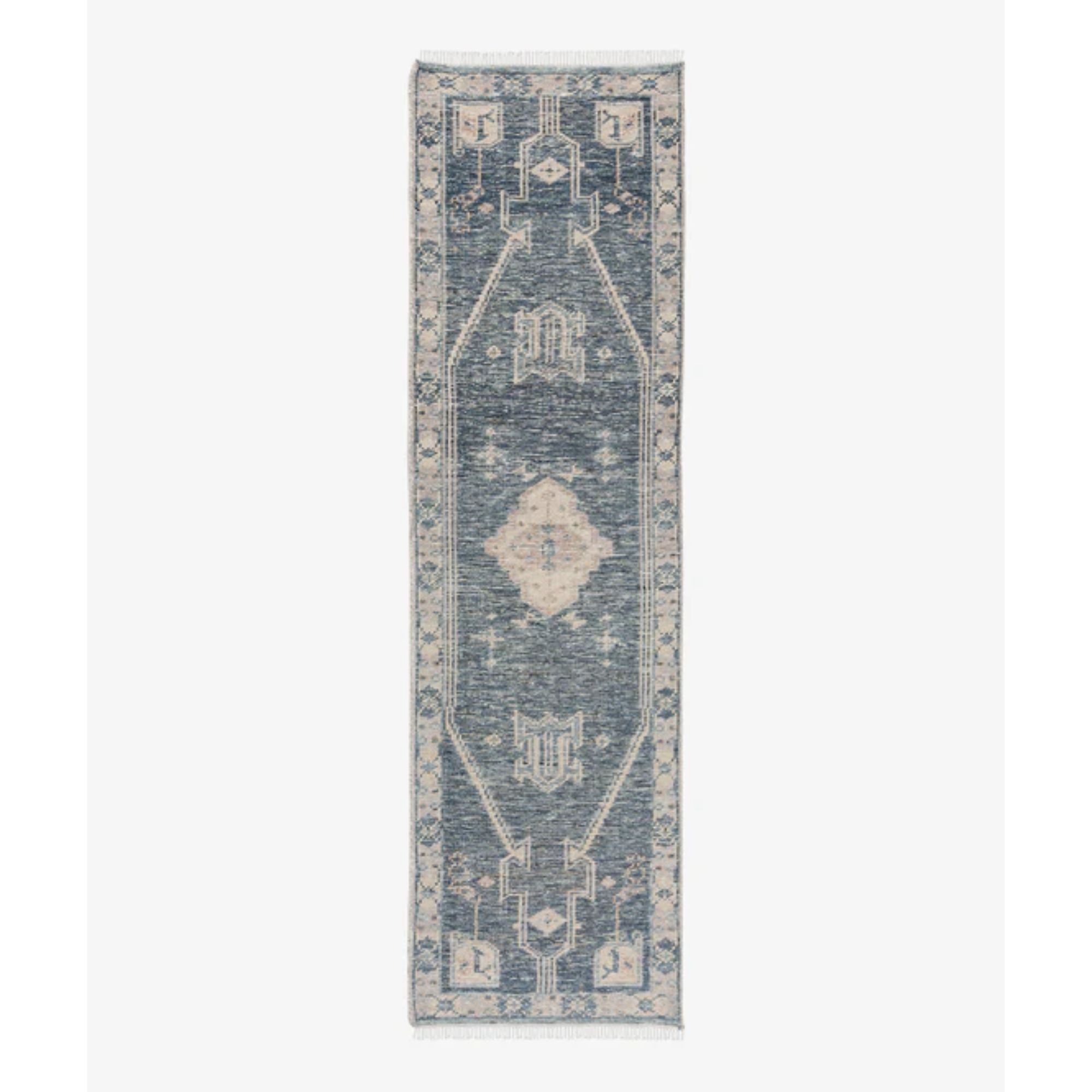'Doorway moments' are the simple styling hack that will elevate your entire home
Consider creating vignettes in your doorway to make your rooms feel cohesive and spark a little joy whenever you walk past
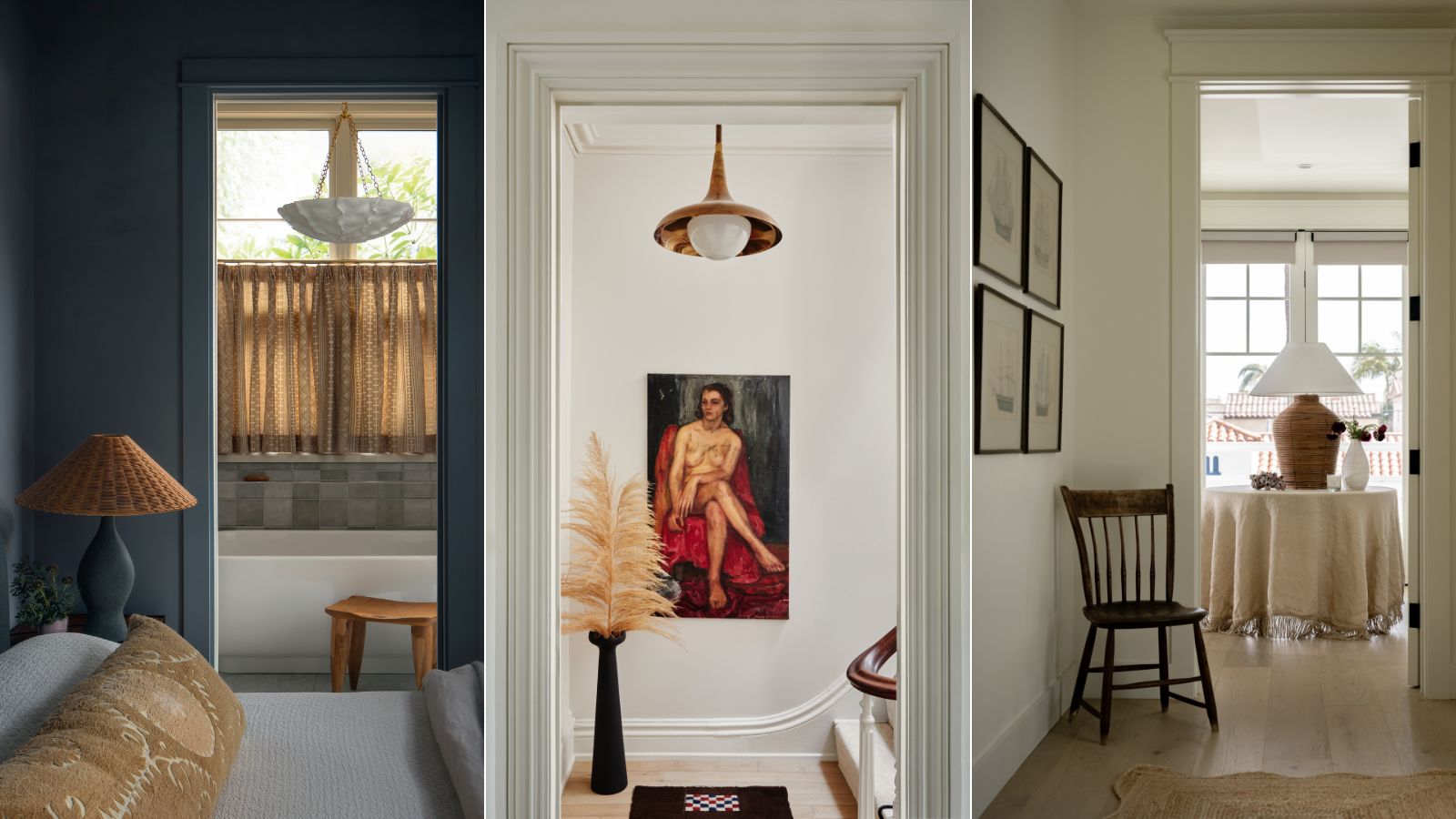

We can all be a little bit guilty of viewing our homes as individual rooms with their own schemes, instead of seeing it as one united space. Designing a kitchen color palette or a bathroom tile layout without any thought for how those elements all work together in harmony. It's like starting a puzzle but not looking at the bigger picture.
So it's important to realize that you're never decorating a room in isolation. Each space of your home ought to have a common thread that links them together to create the idea of cohesion and familiarity, rather than appearing too unexpected and jarring. Curating your doorways, then, feels like the logical step to achieving this.
As you walk through your home, you want to create moments in the view through the door as you peek into rooms and catch views of the vignettes that lie inside. And in turn, those views should feel compatible with one another. To help inspire you, we've turned to the experts for their best advice on elevating these transition spaces.
5 ways to style a doorway (and beyond)
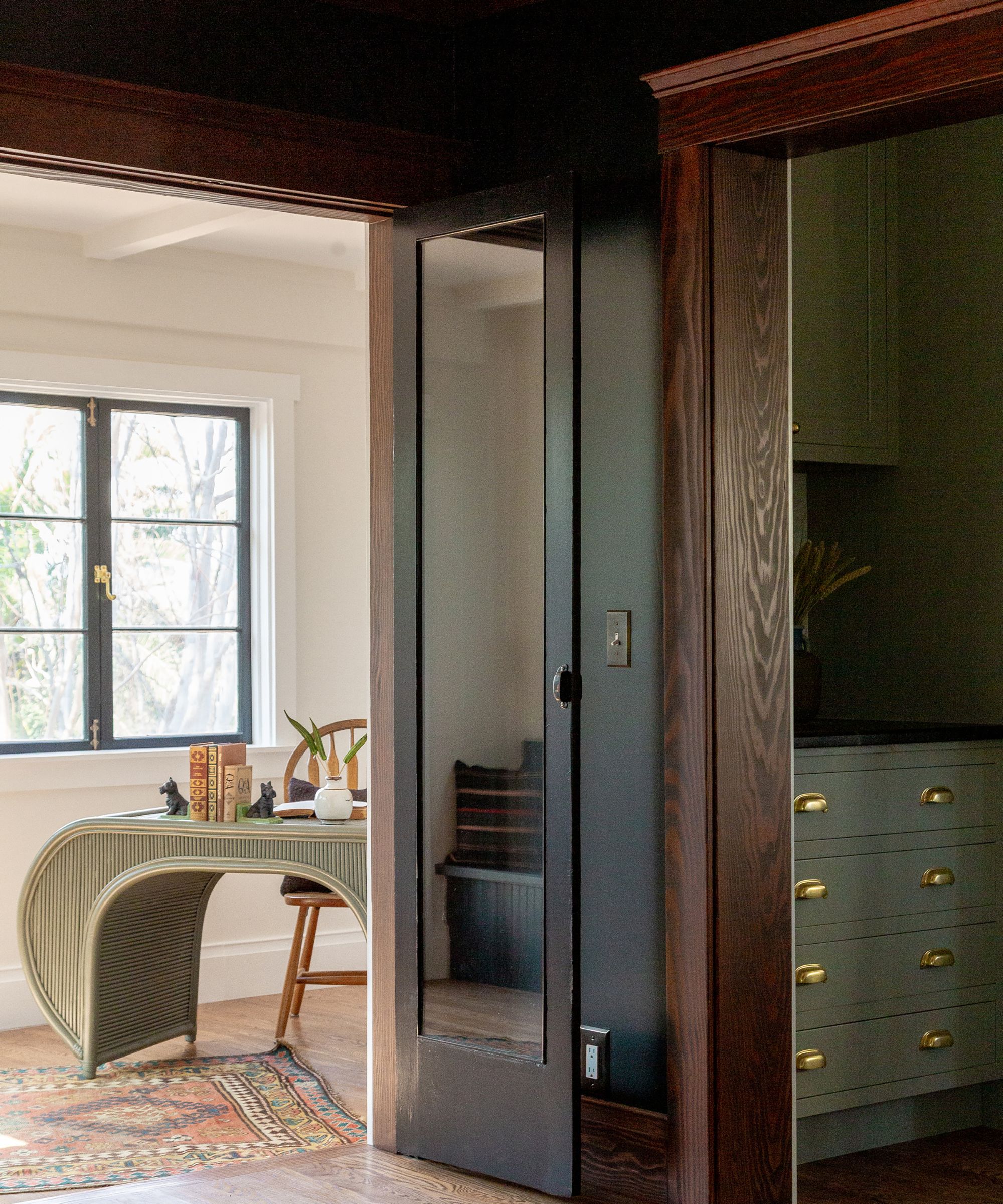
Each doorway of your home should complement the surrounding space and contribute to the larger design story. By establishing a theme that ties the various spaces together through consistent color palettes, materials, and motifs, design-savvy homeowners can create a sense of unity at home.
Doorway vignettes provide a visual bridge between spaces, guiding the eye from one room to the next. So whether it's with decorating with artwork, thoughtful vignettes, or a lick of paint, it's important to create views all around your house that not only feel well-designed but bring you a spark of joy even if you're just walking by. Here are 5 ways interior designers look to create an inviting doorway vignette.
1. Elevate with inspiring art pieces
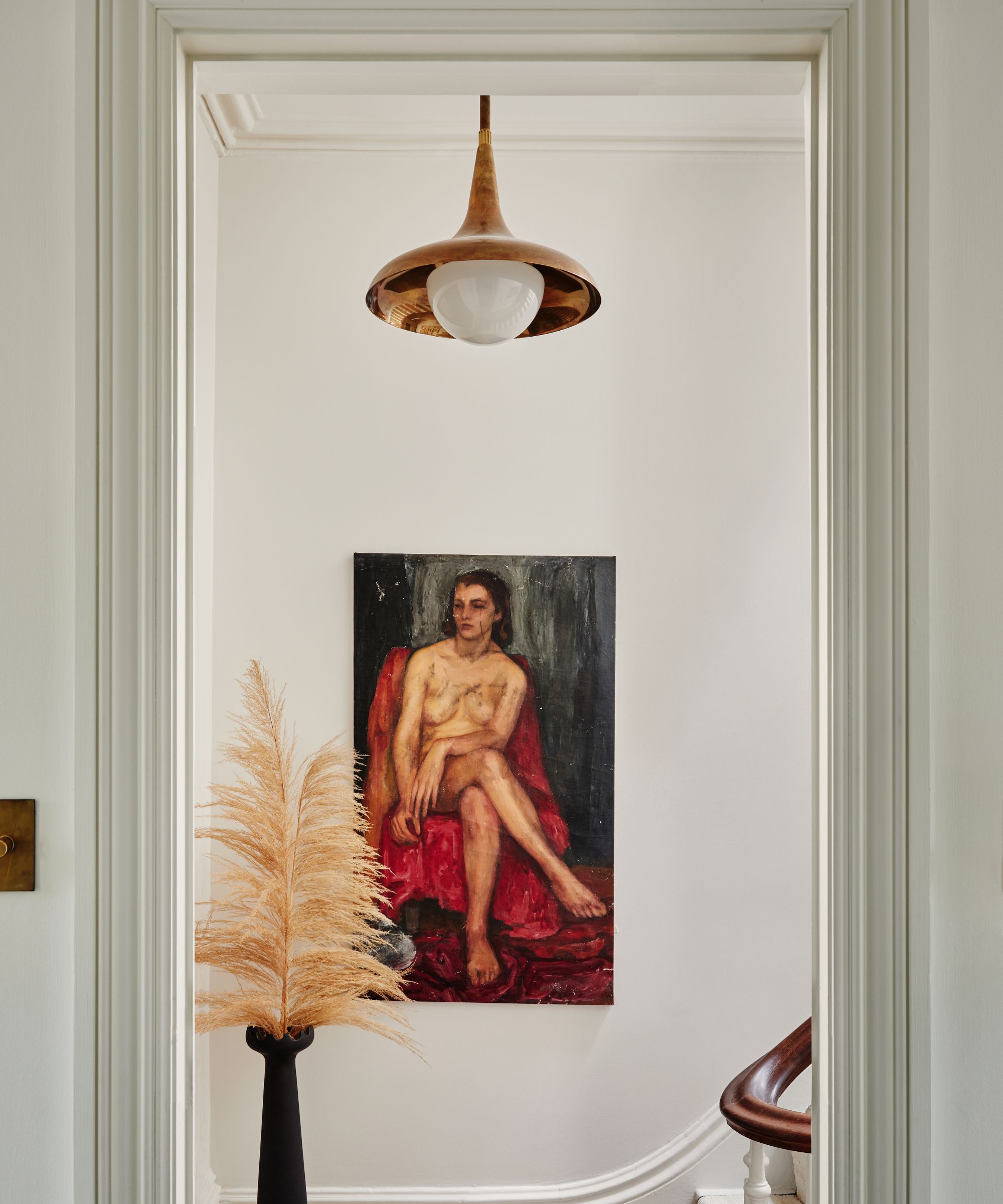
Artwork has the unique ability to set the tone for a space. In doorway vignettes, it serves as a focal point that draws the eye and invites you in. When creating your displays, first consider scale, color, and subject matter.
'Utilizing strategically-placed artwork such as paintings and sculptures can visually extend sightlines through doorways, creating a sense of continuity and spaciousness,' says interior designer Marie Flanigan. 'Placing a captivating piece of art at the end of a hallway or visible from a doorway can draw the eye deeper into the room, enhancing the perceived depth and openness of the area.'
'Carefully selecting artwork that complements the surrounding decor and color scheme can further enhance the cohesive flow of the space, adding to its aesthetic appeal,' adds Marie.
Alternatively, if you're looking for things to hang on a wall that aren't prints, 3D sculptures, and wall-mounted installations will provide dimension and play up to light and shadow. Another great option here would be a statement wall sconce or a picture light hung above your artwork to elevate it. Don't be afraid to experiment with combinations to find what resonates with you. Ultimately, the art should reflect your personal style and evoke a sense of joy each time you pass through.
2. Ensure a common thread from room to room
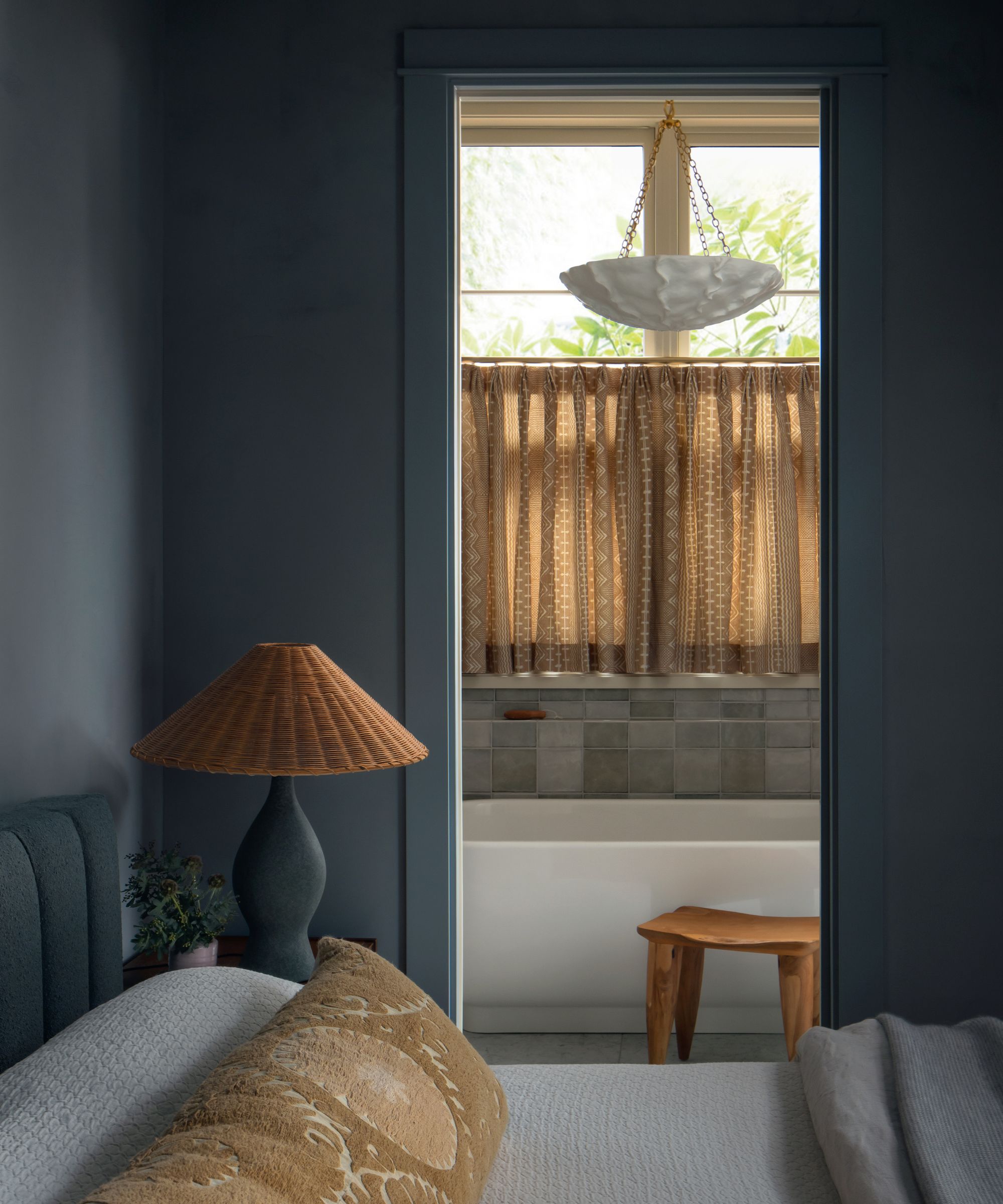
In a similar way to choosing a color scheme for a whole home, you want your design to flow seamlessly from one room to another. Everything should harmonize with the surroundings, including the door trim and adjacent room's scheme, to create a cohesive visual narrative.
A consistent theme or palette creates a sense of unity throughout the home. This design principle is known as The Red Thread: a Swedish concept where one or more elements of design are seen consistently throughout the rooms of the house, like a common thread. Whether that's through a subtle detail or a standout element of design, it can then be repeated to create familiarity.
One effective way to establish a common thread is through the use of consistent colors and materials, as seen above in this bedroom and ensuite designed by Shannon Eddings. Here, Shannon chose a blue-gray for the bedroom and echoed it onto the door trim, with a lighter-toned mid-blue-gray for the tiles in the ensuite. She continues the natural feel with a rattan lamp base in the bedroom and the vintage light oak stool in the bathroom, with a cafe curtain that falls in the same palette. The result is both calming and deliberate.
Choose two or three dominant colors, motifs, or textures and use them consistently across various entryways to each room. This creates a sense of flow, making the transition from one space to another feel more effortless.
3. Align rugs and runners for good sightlines

Rugs and runners not only add warmth and texture to a hallway or entryway but also play a crucial role in guiding the eye and establishing visual continuity.
'It always makes a positive difference to think about the sight lines in your home, and that certainly includes doorway vignettes,' says Kathy Kuo.
'I recommend taking the time to align your wall art both in a given room and as you stand centered in a doorway looking in. It's also a nice touch to align rugs or runners with a doorway to create a natural path between rooms,' she suggests.
It's a clever trick to ensure floor coverings are in line with the doorway, following the same direction as any architectural lines to create a seamless transition between spaces and prevent visual disruptions. Be sure to choose rugs that complement the surrounding decor and that help to draw the eye along the length of the hallway, creating a sense of movement and flow. A runner rug, like the woven one seen in the space above designed by Mindy Laven, does the trick nicely.
4. Curate a vignette with furniture and decorative objects
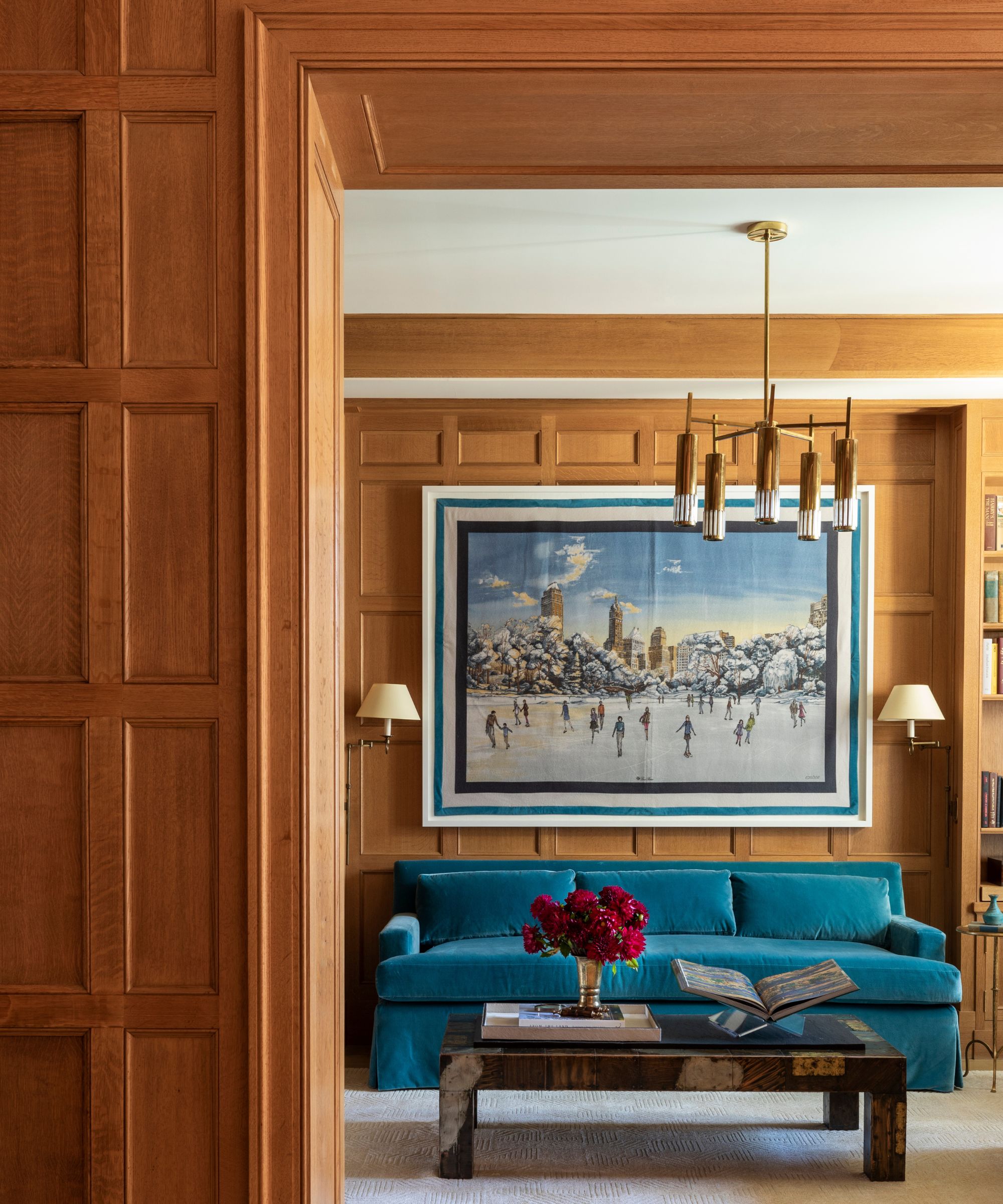
Every piece of furniture and decorative object contributes to the overall story of the home. Curating a vignette of furniture, art, and decorative items allows homeowners to showcase their favorite pieces and create a lasting impression.
'I love to create doorway moments,' says Mindy Laven. 'A little glimpse into the soul of a home can be seen in the vignettes that peak through doors and hallways. These little opportunities can pack a big punch. Gathering together items that tell a story through color, style, or shape can lend a level of history and gravitas to a house,' she suggests.
This doesn't need to be an exact science, but when designing the layout of your furnishings in each room, take a moment to consider the grouping of items that can be seen from the doorway. Can artwork be seen or is it cut in half? What about the furniture? Does the light source feel welcoming? Experiment with different arrangements to find the perfect balance that works for both in and outside the room.
Symmetrical arrangements provide a sense of order and stability, while asymmetrical compositions, like the rule of three, add movement and personality. Play with scale and proportion to create visual impact and draw the eye towards the focal point.
5. Frame the doorway with a painted trim
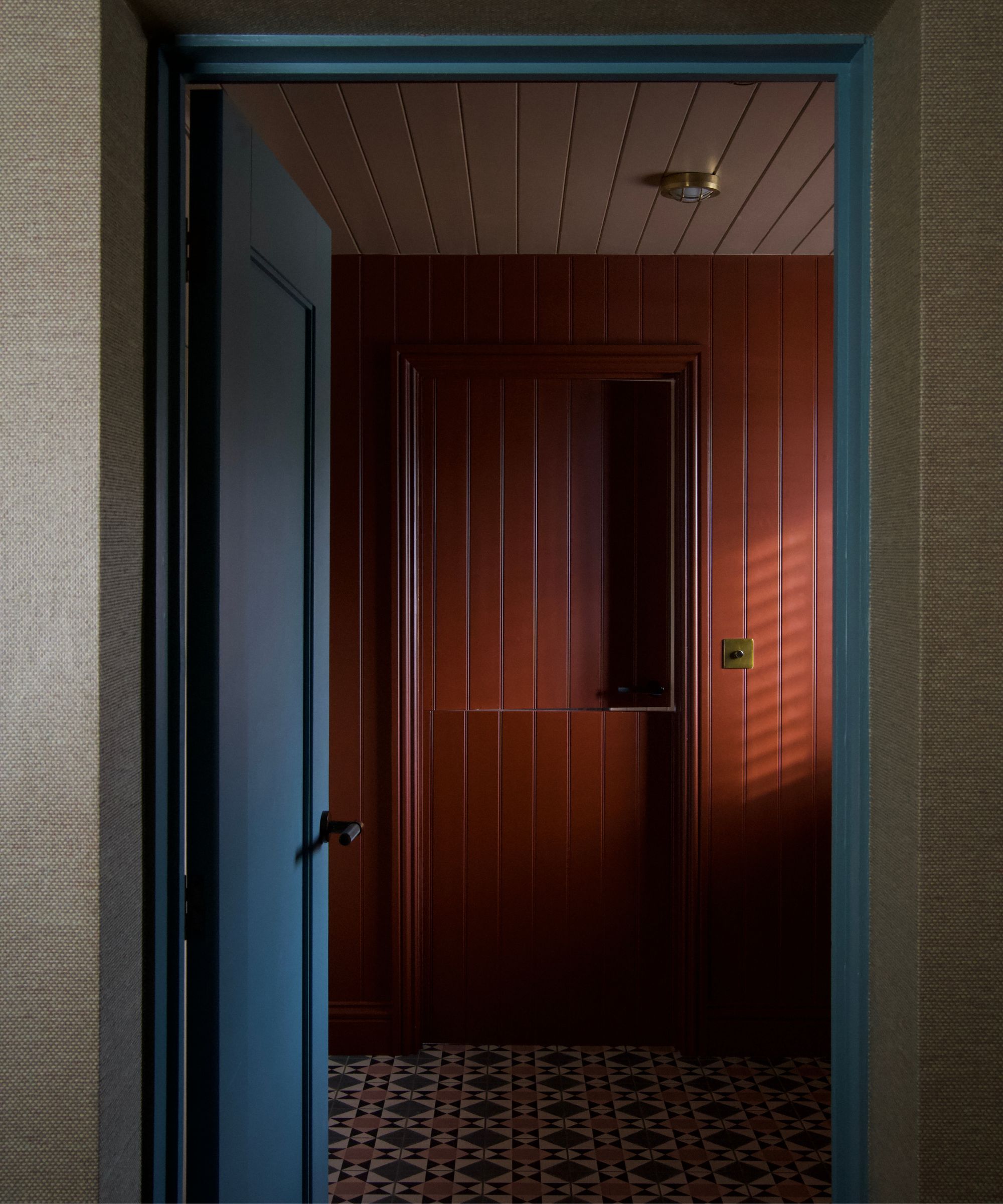
It doesn't just have to be objects and items that draw you into the room. Sometimes, all it needs to create a thread is to paint the trim and architraves of the door. Whether you opt for a subtle complementary color scheme or a bold statement, a painted trim instantly frames the view into the room beyond. It's a simple touch that delivers so much personality.
Experiment with different shades to find the perfect match for your aesthetic. In the doorway of Alice Gaskell of Alice Grace Interior's home, seen above, she chose a dark teal on her trim and the door leading into a deep red paneled space. 'I think once you have two or three main colors in the primary rooms in your home, you can really begin to have fun in the spaces that lead off from these, perhaps taking one of the colors along the woodwork throughout to retain some sense of cohesion if you are lacking in decision confidence,' advises Alice.
To take it one step further, consider a border of wallpaper or tile for a sense of whimsy. Geometric patterns, scalloped edges, or even delft tiles will all add an unexpected edge that will delight all that come through the door. Try to think outside the box, we're not all confined to builder-grade matching white doors and trims.
Remember, the key to creating captivating doorway vignettes lies in thoughtful curation, attention to detail, and a willingness to experiment. Whether you choose to incorporate artwork, strategic furniture placement, or a little unexpected painted trim, placing a little more importance on the view through your doorways is a surefire way to make your home feel considered and professionally designed.
Sign up to the Homes & Gardens newsletter
Design expertise in your inbox – from inspiring decorating ideas and beautiful celebrity homes to practical gardening advice and shopping round-ups.

Charlotte is the style and trends editor at Homes and Gardens and has been with the team since Christmas 2023. Following a 5 year career in Fashion, she has worked at many women's glossy magazines including Grazia, Stylist, and Hello!, and as Interiors Editor for British heritage department store Liberty. Her role at H&G fuses her love of style with her passion for interior design, and she is currently undergoing her second home renovation - you can follow her journey over on @olbyhome
-
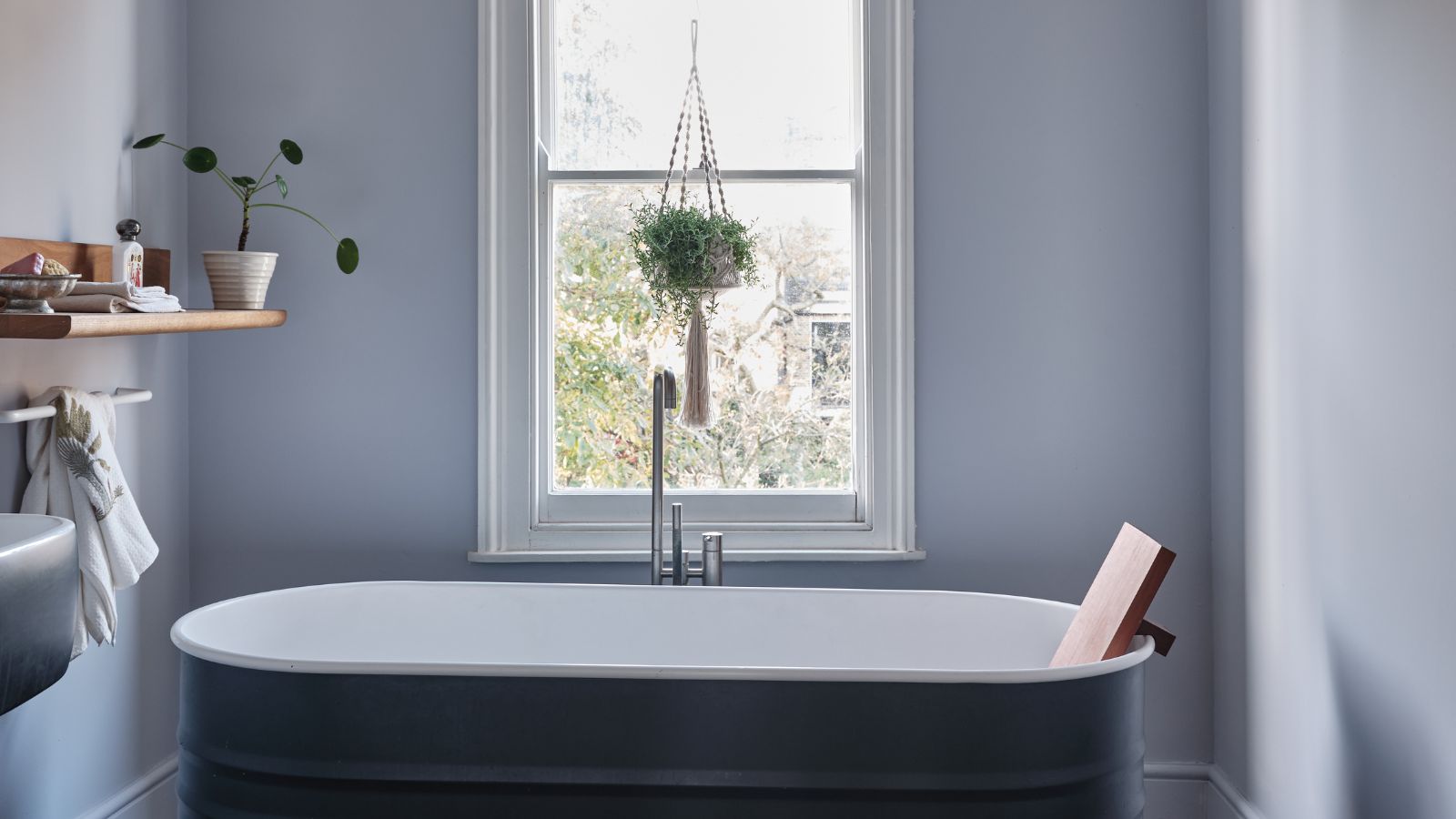 Bathroom colors going out of style in 2025 – and the designer-approved shades to decorate with instead
Bathroom colors going out of style in 2025 – and the designer-approved shades to decorate with insteadThese are the colors to swerve in your bathroom decor if you want to create a stylish and design-led space, according to experts
By Emily Moorman
-
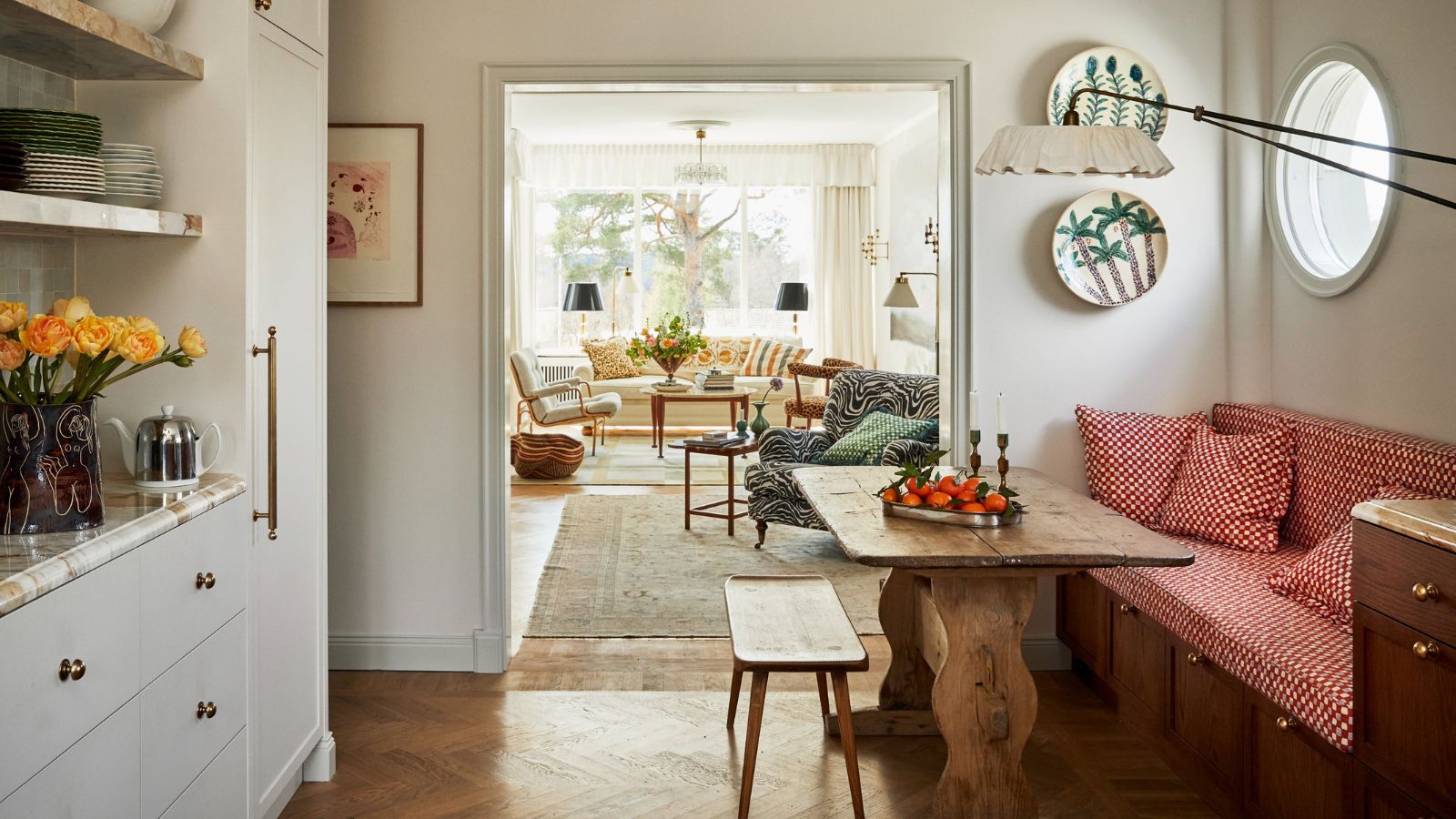 I swear by the ‘ETC’ method to prevent clutter and save money – my expert-backed checklist is transformative
I swear by the ‘ETC’ method to prevent clutter and save money – my expert-backed checklist is transformativeNow I Edit The Cart and save time, money, and energy
By Chiana Dickson

